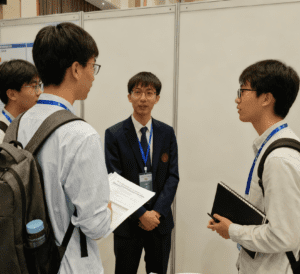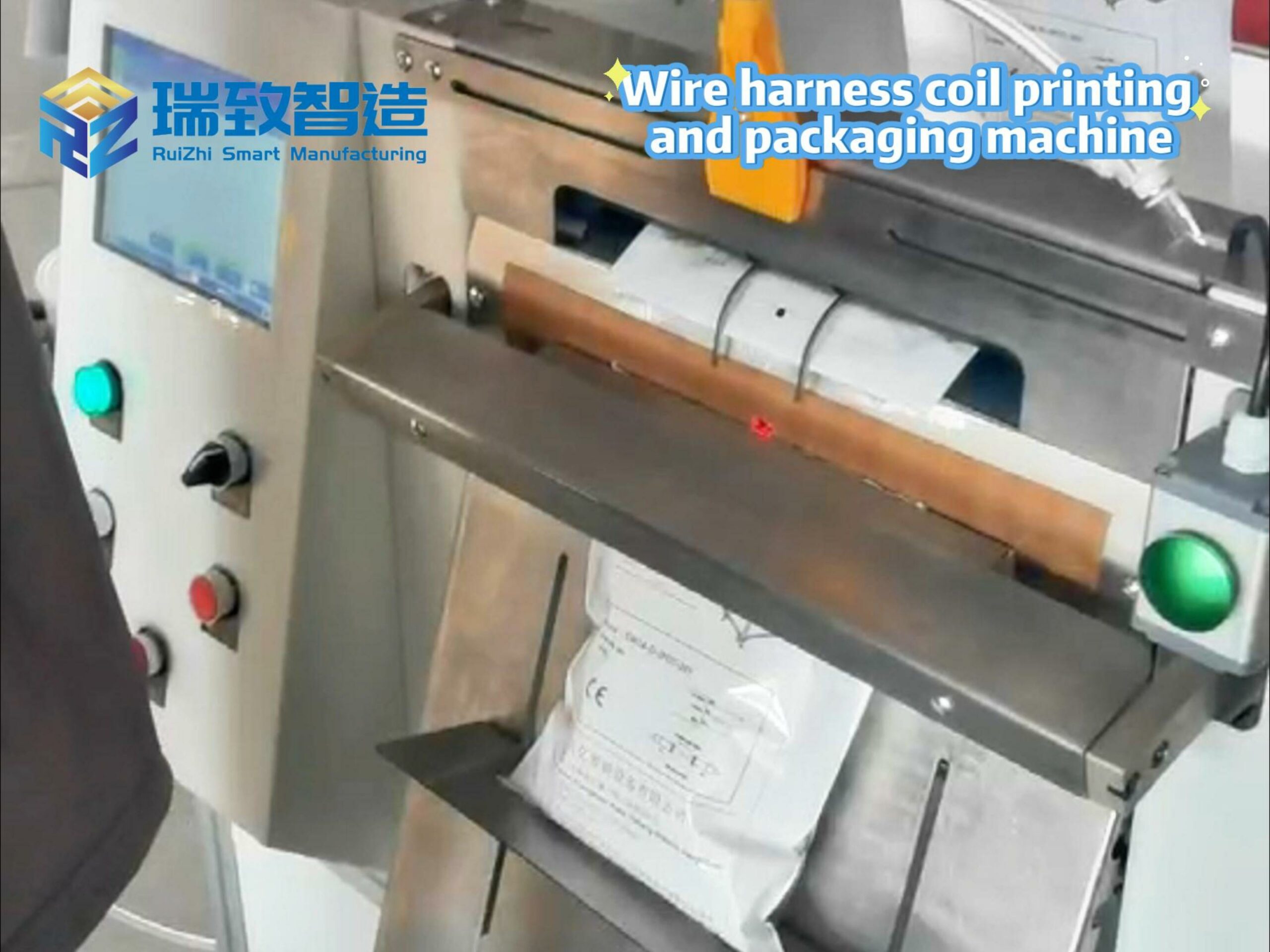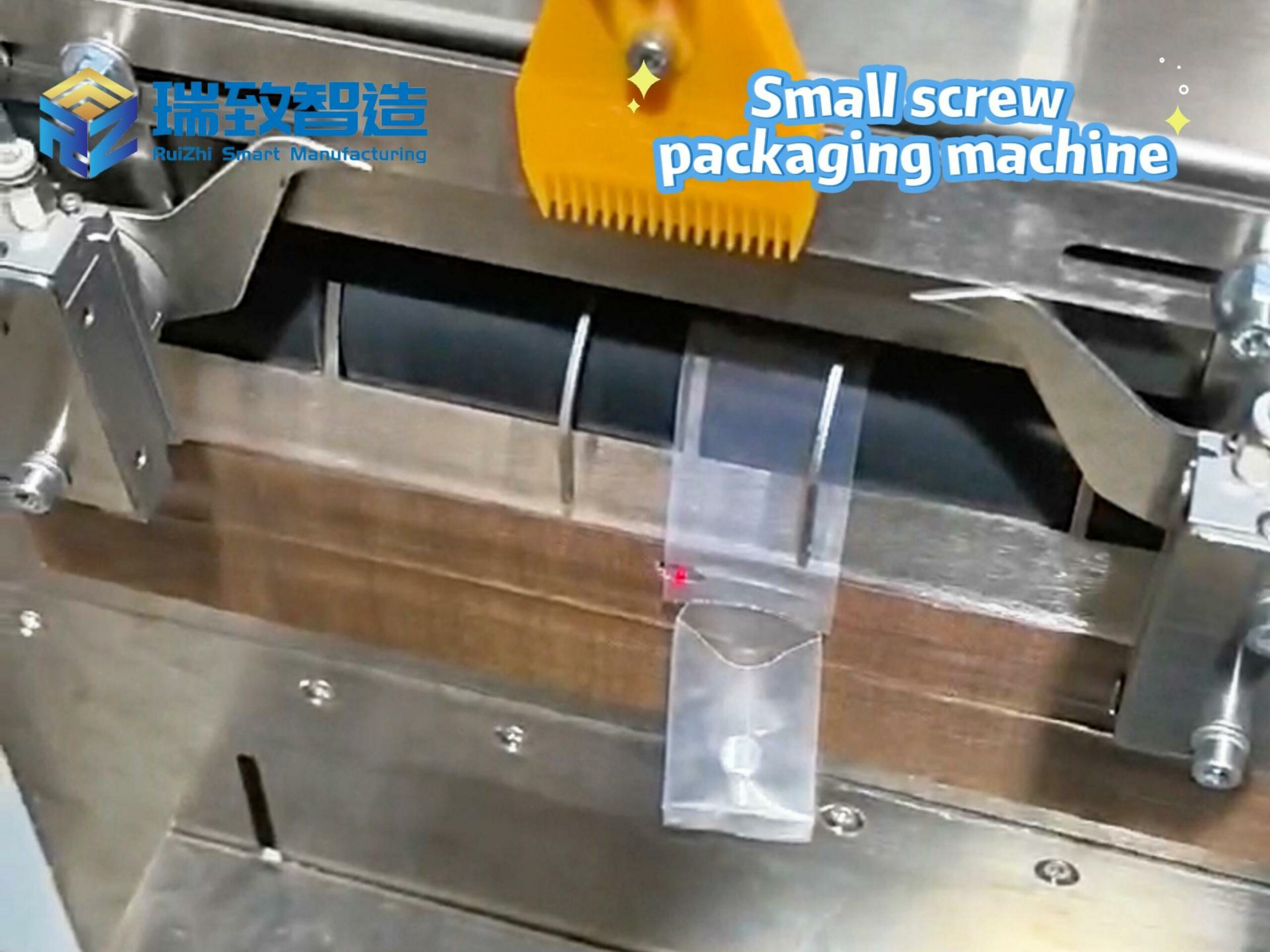
Conference Overview: Dates, Location, and Cross-Disciplinary Collaboration Goals
From September 19th to 21st, the 5th International Conference on Artificial Intelligence, Automation and High Performance Computing (AIAHPC 2025) was successfully held in Hefei, Anhui Province. Nearly 100 experts and scholars from more than 40 universities and research institutions at home and abroad gathered together to discuss cutting-edge progress in the fields of artificial intelligence, automation, and high-performance computing, and to promote cross-disciplinary academic cooperation and innovation.
Organizers & Format: Hybrid “Online + Offline” Model and Diverse Academic Sessions
This conference was hosted by the University of Science and Technology of China (USTC), organized by the School of Computer Science and Technology of USTC, and co-organized by Anhui University, Hefei University of Technology, the National Key Laboratory of Multi-Domain Data Collaborative Processing and Control, and Henan University, with technical support from the IEEE Nanjing Section. Adopting a hybrid “online + offline” model, the conference featured 6 high-level keynote reports, 9 young scholar reports, and 65 poster presentations, creating a multi-dimensional academic exchange platform covering keynote speeches, oral presentations, poster displays, and interactive discussions.
At the opening ceremony, Tan Haisheng, Vice Dean of the School of Artificial Intelligence and Data Science of our university (USTC), delivered a speech on behalf of the host, extending a warm welcome to all experts and scholars and wishing the conference a complete success. The conference was co-chaired by Professor Deng Xianjun from Central China Normal University and Professor Gong Wei from our university.
Keynote Highlights: Frontier Research from Six Domestic and Foreign Experts
Six well-known domestic and foreign experts were invited to give keynote reports, sharing their latest research achievements in fields such as artificial intelligence, large models, secure communications, causal learning, quantum machine learning, and intelligent networks.
Professor Wu Xindong from Hefei University of Technology (IEEE Fellow, AAAS Fellow) introduced the bidirectional enhancement mechanism between large language models and knowledge graphs, and proposed a new “knowledge ocean” framework called CHACE-KO. This framework provides a new path for improving the reasoning ability and interpretability of large models. He conducted an in-depth analysis of the “black box” characteristics of language models and the complementary value of knowledge graphs, triggering a heated discussion among participants on the credibility of artificial intelligence and knowledge modeling.
Professor Li Xinghua from Xidian University focused on “security protection for UAV swarms”. Starting from typical attack cases, he analyzed the security threats and key protection needs of UAV swarms, and introduced his team’s research progress in attack-defense modeling and key protocol design. His report highlighted the security challenges and countermeasures for future aerospace information infrastructure.

Professor Chen Huanhuan from the University of Science and Technology of China (IEEE Fellow) gave a report titled Causal Learning and Its Applications, which comprehensively reviewed the research progress in causal discovery, causal reasoning, and decision-making, and demonstrated the advantages of causal learning in practical scenarios such as medical diagnosis and recommendation systems. He emphasized the important role of the robustness and interpretability of causal models in artificial intelligence applications.
Professor Trung Q. Duong from Memorial University of Newfoundland (IEEE/IET/CAE/EIC/AAIA Fellow) delivered a report titled Quantum Machine Learning and Optimization for 6G Networks. He introduced the integration prospects of quantum computing and classical machine learning, and discussed their application potential in 6G channel estimation and radio frequency fingerprint identification. He pointed out that quantum-inspired machine learning methods will play an important role in future high-performance communication systems.
Professor Min Geyong from the University of Exeter, UK, focused on “resource deployment and service optimization for intelligent edge networks”. He proposed a collaborative edge computing deployment framework and a task-aware fine-grained service strategy. His research provides practical solutions to address the fragmentation and inefficient utilization of edge network resources, and offers theoretical support for the infrastructure construction of an intelligent society.
Professor Xing Chengwen from Beijing Institute of Technology shared cutting-edge achievements in “signal processing for space-air-ground information networks”. Focusing on long-distance communication, large-scale coverage, and high data rate transmission, he proposed the matching problem between array signal processing and resource-constrained platforms, and demonstrated his team’s research progress in anti-interference and anti-interception. This research provides important support for China’s future space-air-ground integrated communications.
Young Scholars’ Engagement, Awards, and Conference Significance
In the young scholar report and poster presentation sessions, young scholars from Tsinghua University, Beijing Jiaotong University, Sun Yat-sen University, Xidian University, the University of Science and Technology of China, and other institutions presented their latest achievements—covering not only artificial intelligence algorithms, edge computing, and secure computing, but also innovative applications in intelligent manufacturing. For example, a research team from a domestic university showcased a study on the Avtomatiziran sistem za montažo brizganih delov s samodejnim nalaganjem: by integrating AI-based real-time visual recognition (to correct part posture deviations during auto-loading) and high-performance edge computing (to optimize assembly sequence and reduce latency), the system achieved a 23% improvement in assembly efficiency and a 15% reduction in part damage rate compared to traditional automated systems, providing a feasible technical path for the intelligent upgrade of automotive and 3C component manufacturing lines. The interactive exchange atmosphere was lively, providing a platform for young talents to practice and showcase their work.
The conference set up three awards each for Excellent Paper Award, Excellent Young Scholar Report Award, and Excellent Poster Award to encourage innovative research and the growth of young scholars. At the closing ceremony, experts and scholars agreed that AIAHPC 2025 provided a valuable opportunity to promote the interdisciplinary development of artificial intelligence, automation, and high-performance computing, and to advance academic cooperation and industrial application.
The successful holding of this conference fully demonstrates the academic community’s high attention and active investment in the frontiers of artificial intelligence and high-performance computing, and lays a solid foundation for the future development of related disciplines. The conference was funded by the International Exchange and Cooperation Fund of the Basic Scientific Research Operating Expenses of the University of Science and Technology of China.




















